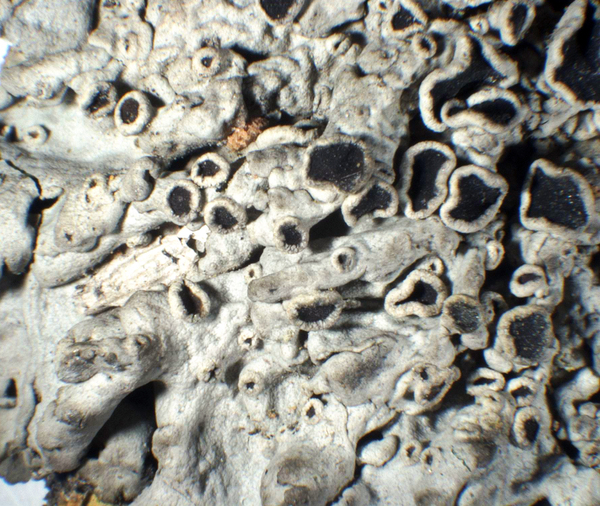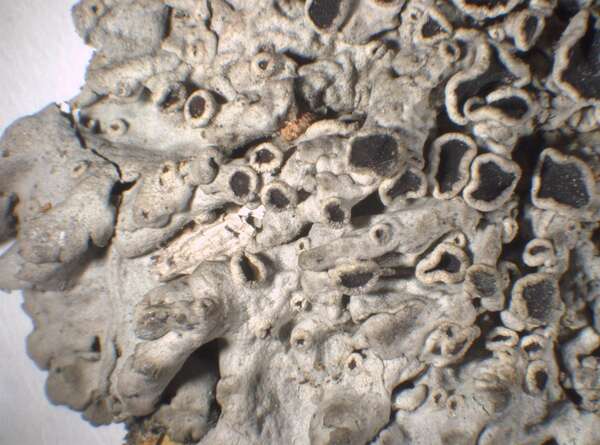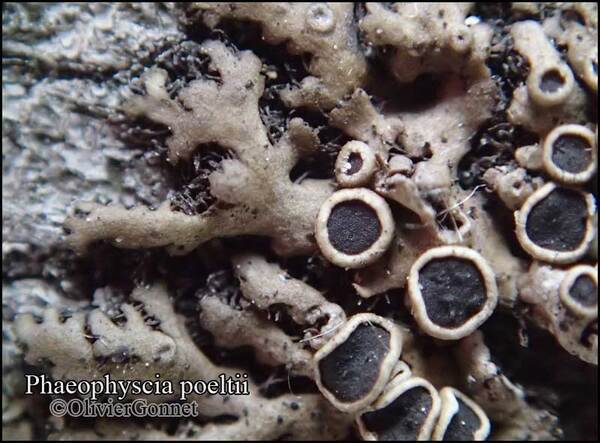Physciella poeltii (Frey) D. Liu & J.S. Hur
Index Fungorum, 464: 1, 2020. Basionym: Physcia poeltii Frey - Ber. Schweiz. bot. Ges., 73: 490, 1963.
Synonyms: Phaeophyscia poeltii (Frey) Nimis
Distribution: N - VG (TSB 17381), Frl (TSB 12327), Ven (Anzi Lich. Ven. 22: Moberg 1994, Lazzarin 2000), TAA (Nascimbene & al. 2007b), Lomb (Zocchi & al. 1997), Piem (Valcuvia 2002, 2002b, Piervittori 2003), VA (Piervittori & Maffei 1996, 2001, Piervittori & Isocrono 1999, Matteucci & al. 2008c, Ongaro & al. 2022). C - Tosc (Loppi & Putortì 1995b, Loppi & al. 1996b), Laz (Herb. Ravera 338), Abr (Recchia & Villa 1996), Mol (Nimis & Tretiach 1999, Caporale & al. 2008), Sar (Moberg 1994). S - Camp (Aprile & al. 2003b), Cal (Puntillo 1996), Si (Campisi & al. 2020).
Description: Thallus foliose, heteromerous, dorsiventral, narrow-lobed, closely adpressed, forming up to 3(-4) cm wide rosettes. Lobes 0.3-1.5(-2.5) mm broad, contiguous to separate, especially in the younger parts, ash-grey to whitish grey, matt, smooth to finely rugose. Lower surface cream-coloured at margin, pale brown in central parts, with mostly simple rhizines. Upper cortex paraplectenchymatous; medulla white; lower cortex prosoplectenchymatous, not well delimited from the medulla. Apothecia common, lecanorine, often crowded in central parts of thalli, sessile, to 3 mm across, with a black, epruinose disc, and an entire to weakly crenulated thalline margin, sometimes with a crown of whitish rhizines in lower part. Epithecium brown; hymenium and hypothecium colourless; paraphyses slender, simple or forked in upper part, the apical cells clavate, with a thin, dark brown cap. Asci 8-spored, elongate-clavate, very thin-walled, with a K/I+ blue, tall tholus penetrated by a faintly amyloid apical cushion, the wall K/I-, surrounded by a K/I+ blue outer layer, Lecanora-type. Ascospores 1-septate, brown, ellipsoid, (16-)18-22(-28) x (6-)8-10(-13) μm, the wall thickened at apex and at septum, Physcia-type. Pycnidia black, immersed. Conidia ellipsoid, 3-3.5 x 1 μm. Spot tests: cortex and medulla K-, C-, KC-, P-, UV-. Chemistry: without lichen substances.Note: a temperate species found on isolated deciduous trees with nutrient-rich bark, especially in montane valleys. For further information see Moberg (1994).
Growth form: Foliose, narrow lobed
Substrata: bark
Photobiont: green algae other than Trentepohlia
Reproductive strategy: mainly sexual
Commonnes-rarity: (info)
Alpine belt: absent
Subalpine belt: absent
Oromediterranean belt: absent
Montane belt: absent
Submediterranean belt: rare
Padanian area: absent
Humid submediterranean belt: rare
Humid mediterranean belt: very rare
Dry mediterranean belt: absent

Predictive model
Herbarium samples
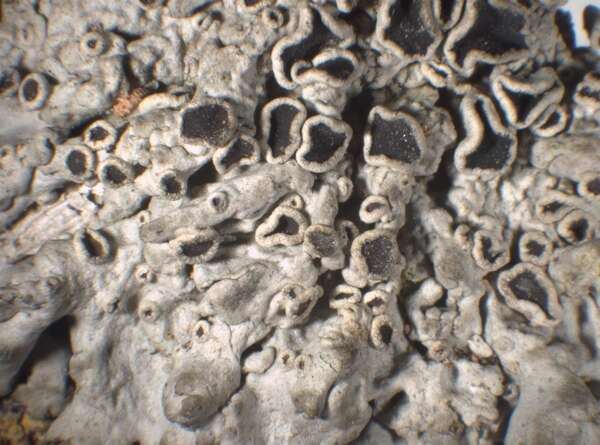

P.L. Nimis; Owner: Department of Life Sciences, University of Trieste
Herbarium: TSB (35720)
2003/01/22
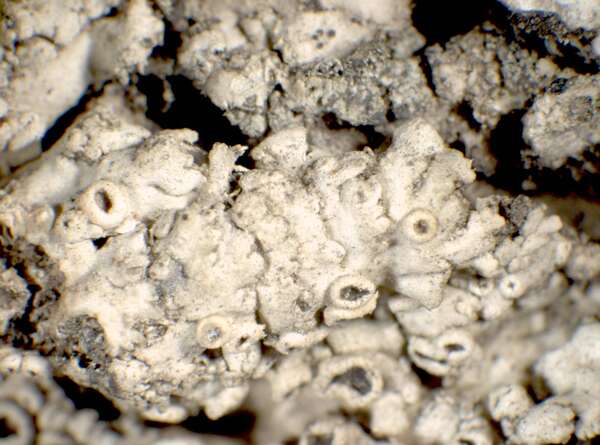

P.L. Nimis; Owner: Department of Life Sciences, University of Trieste
Herbarium: TSB (8831)
2001/12/05
Growth form: Foliose, narrow lobed
Substrata: bark
Photobiont: green algae other than Trentepohlia
Reproductive strategy: mainly sexual
Commonnes-rarity: (info)
Alpine belt: absent
Subalpine belt: absent
Oromediterranean belt: absent
Montane belt: absent
Submediterranean belt: rare
Padanian area: absent
Humid submediterranean belt: rare
Humid mediterranean belt: very rare
Dry mediterranean belt: absent

Predictive model
| Herbarium samples |


P.L. Nimis; Owner: Department of Life Sciences, University of Trieste
Herbarium: TSB (35720)
2003/01/22


 Index Fungorum
Index Fungorum
 GBIF
GBIF
